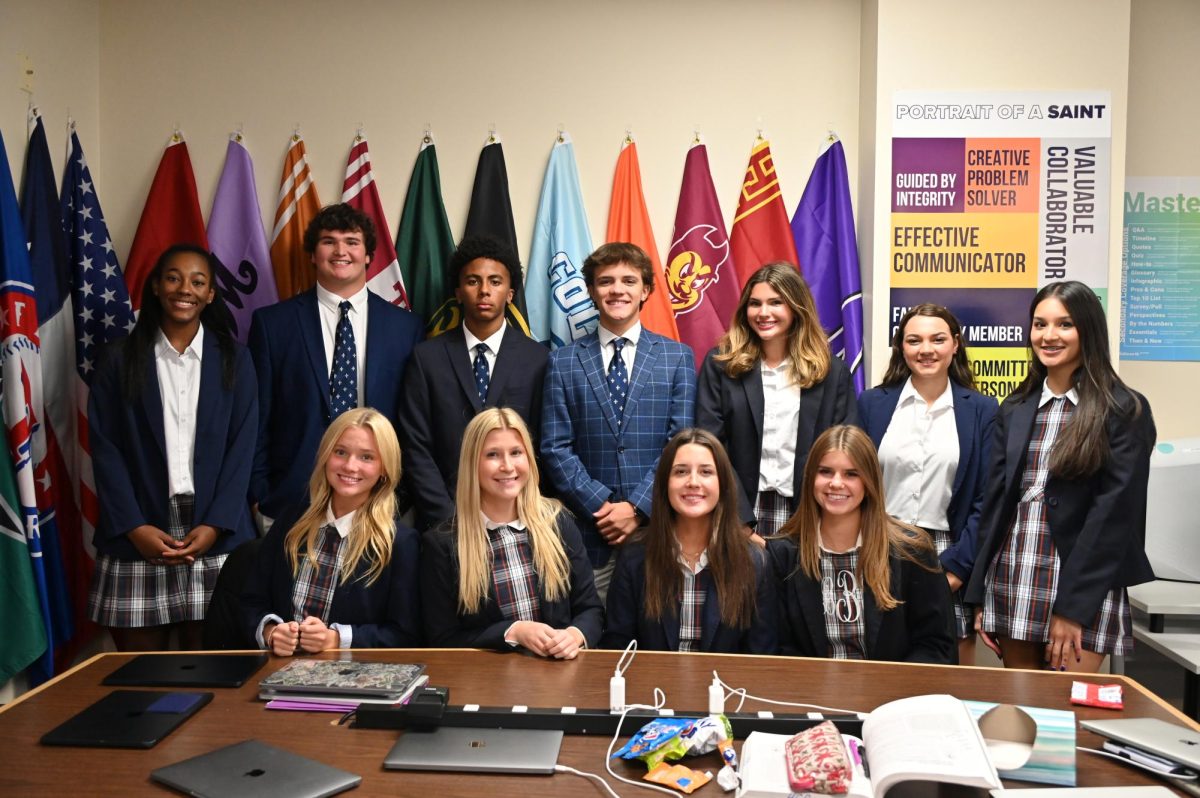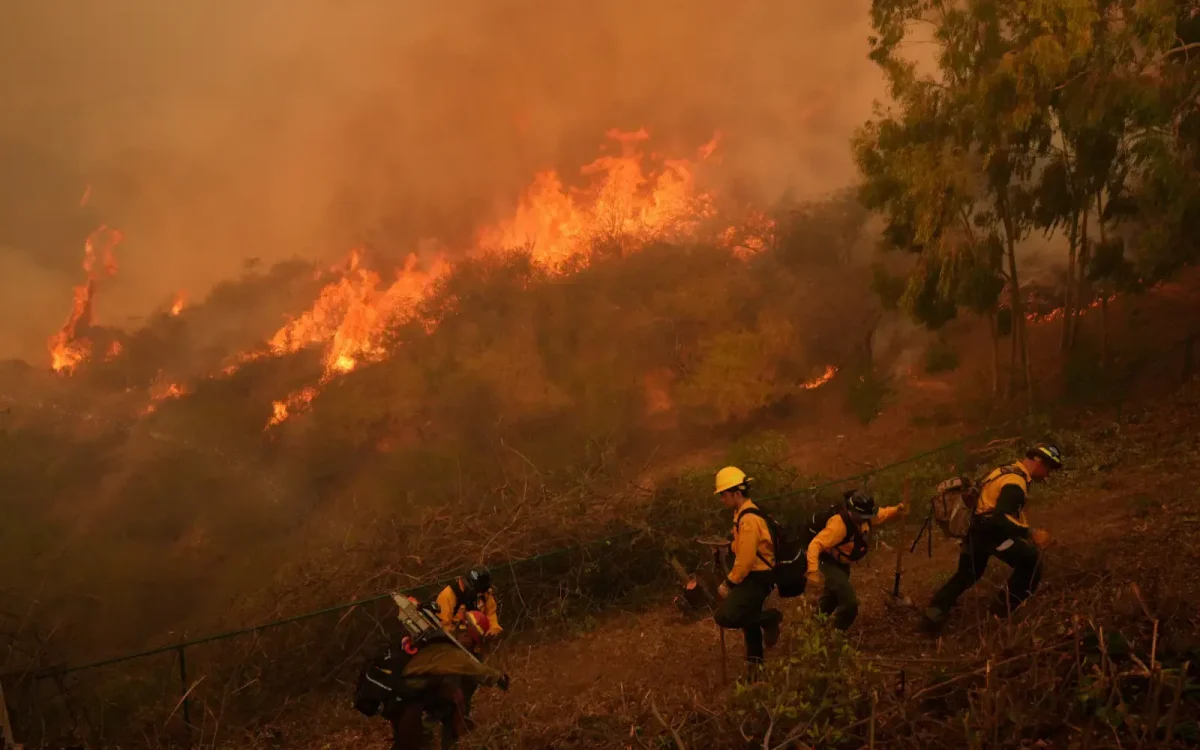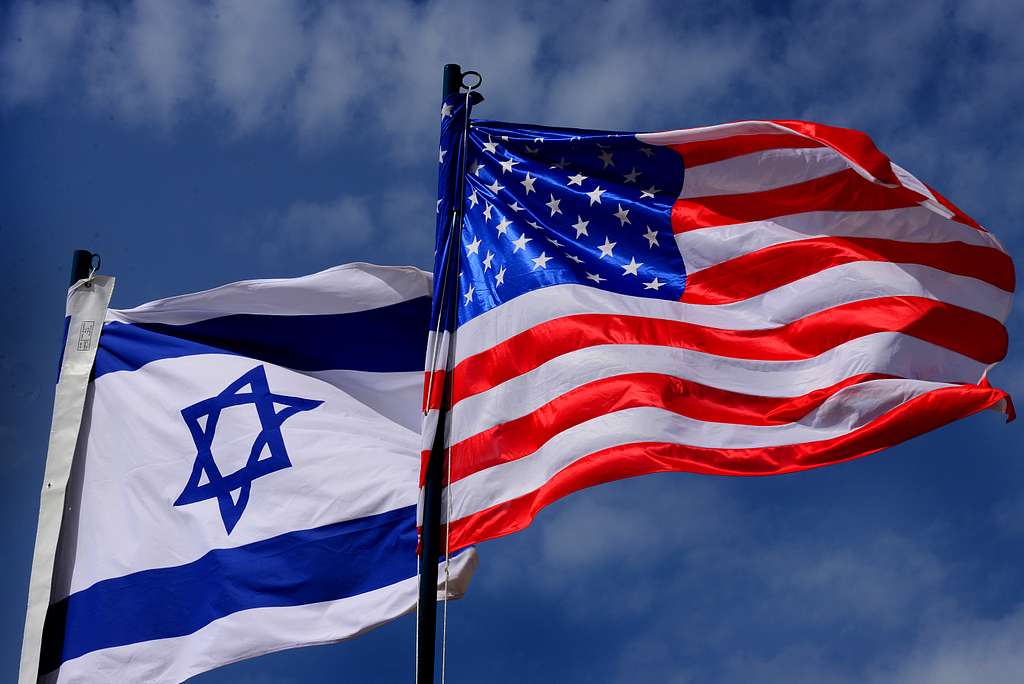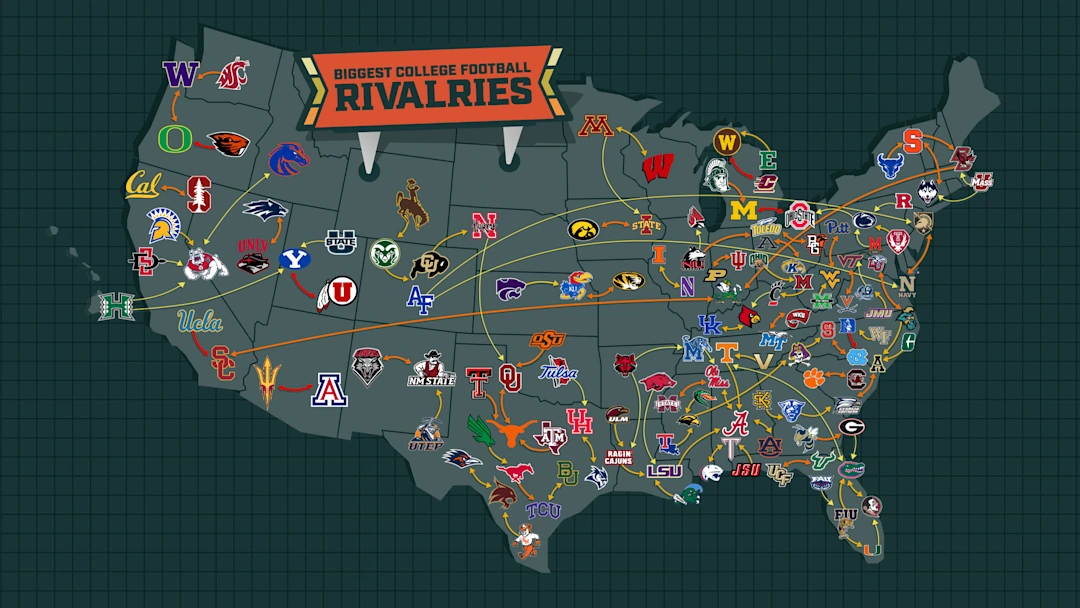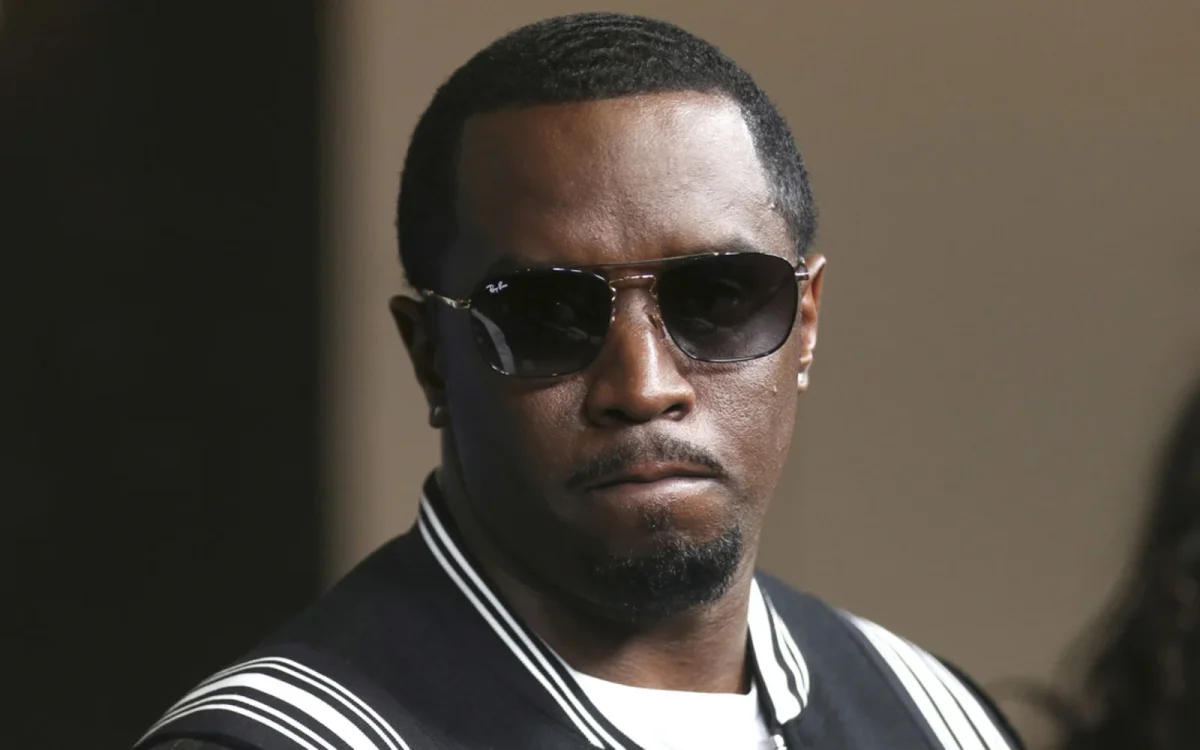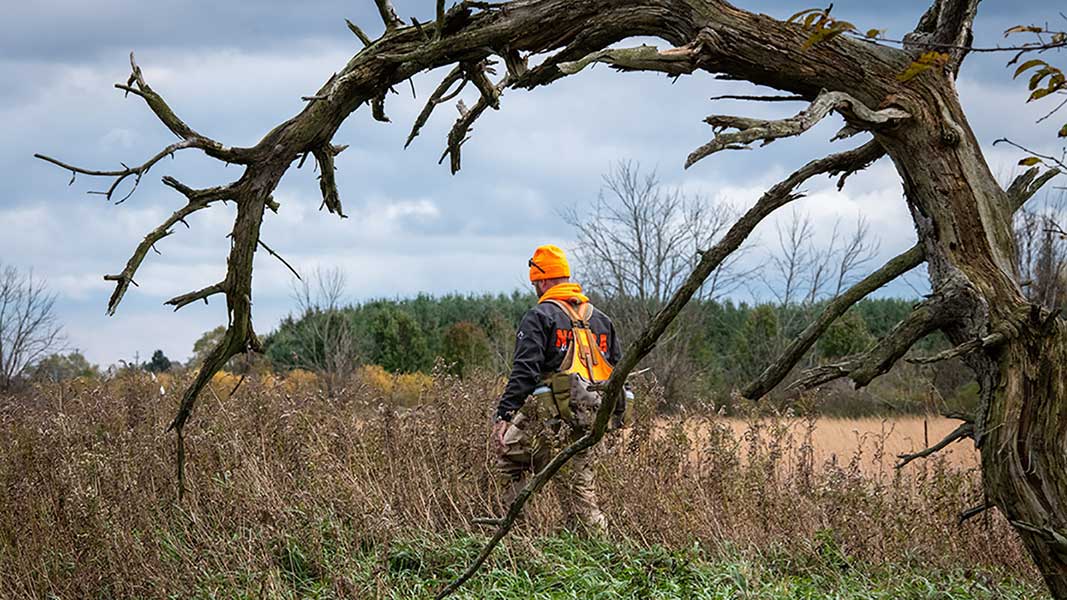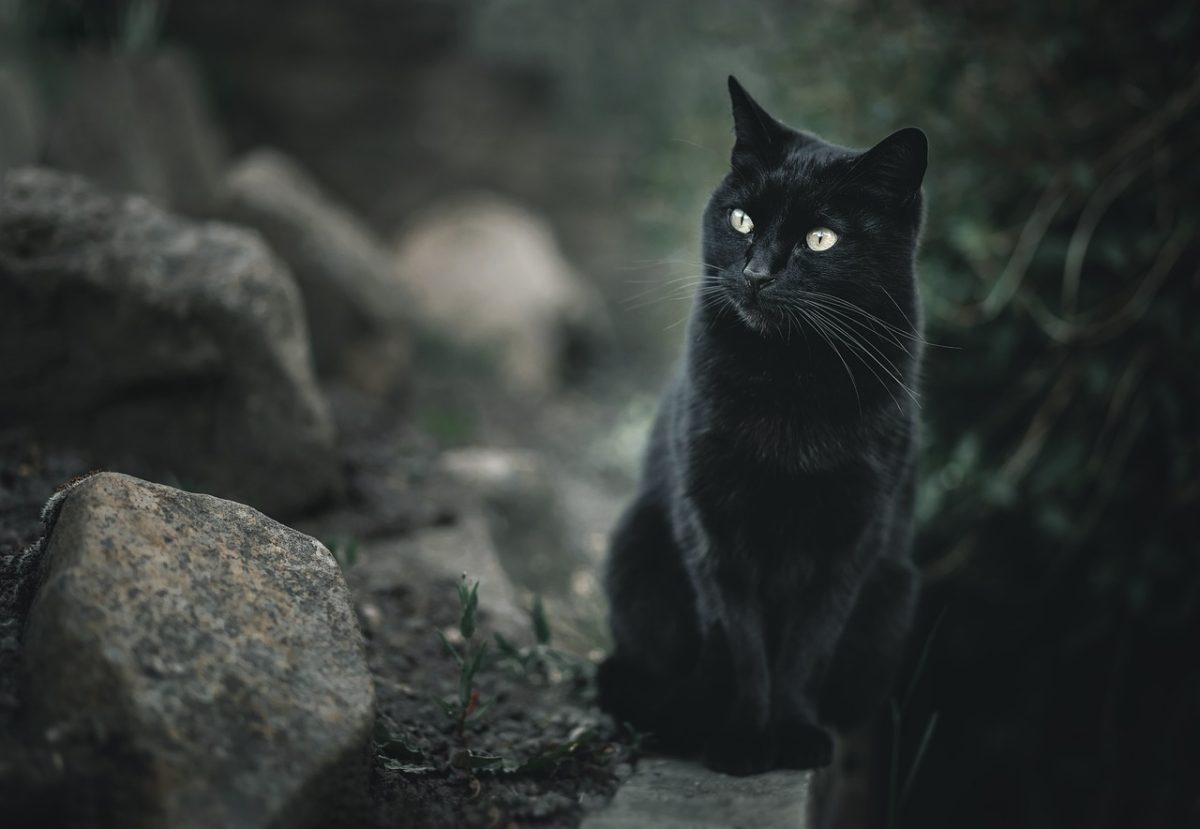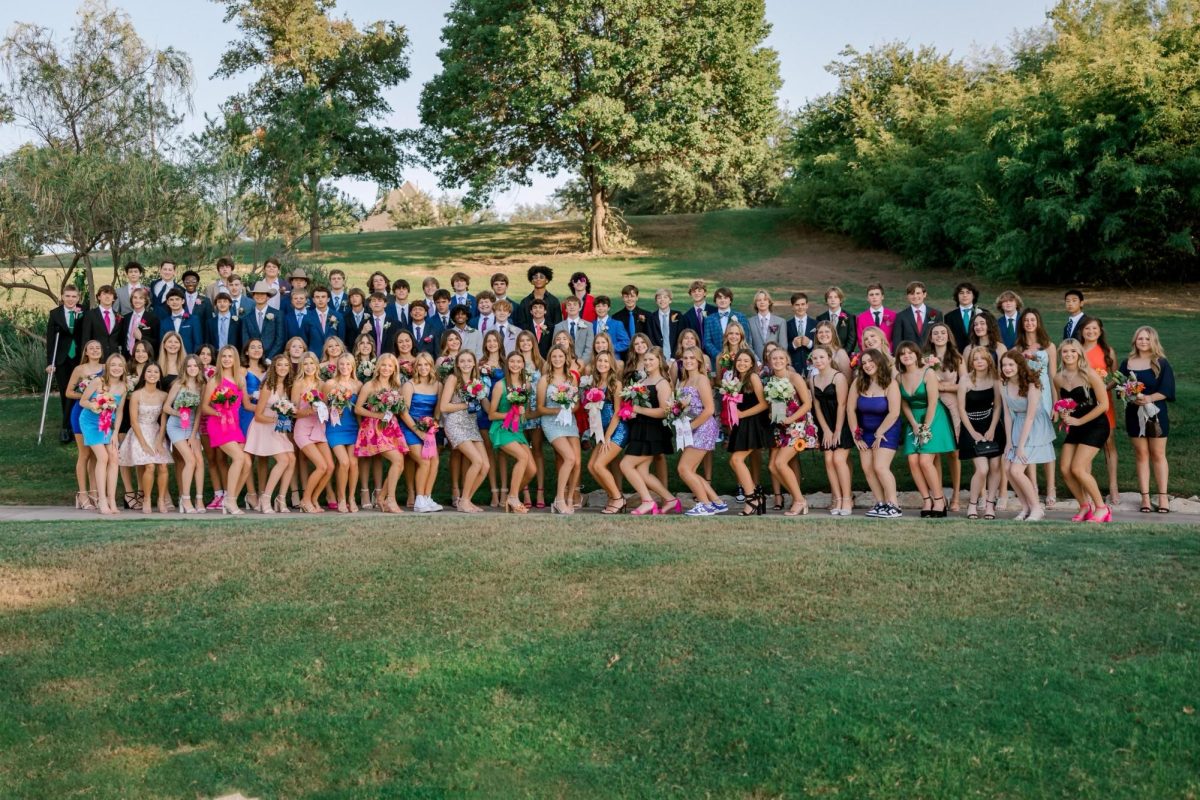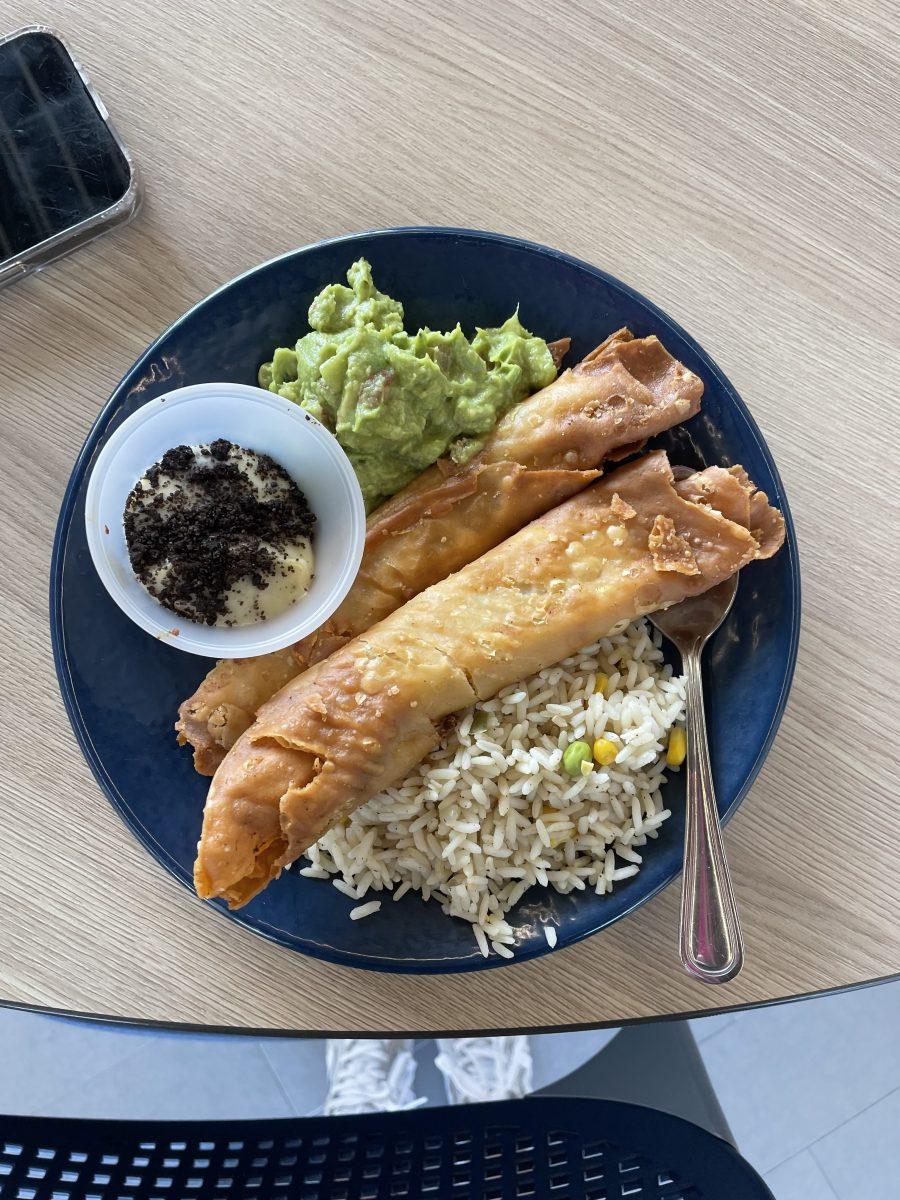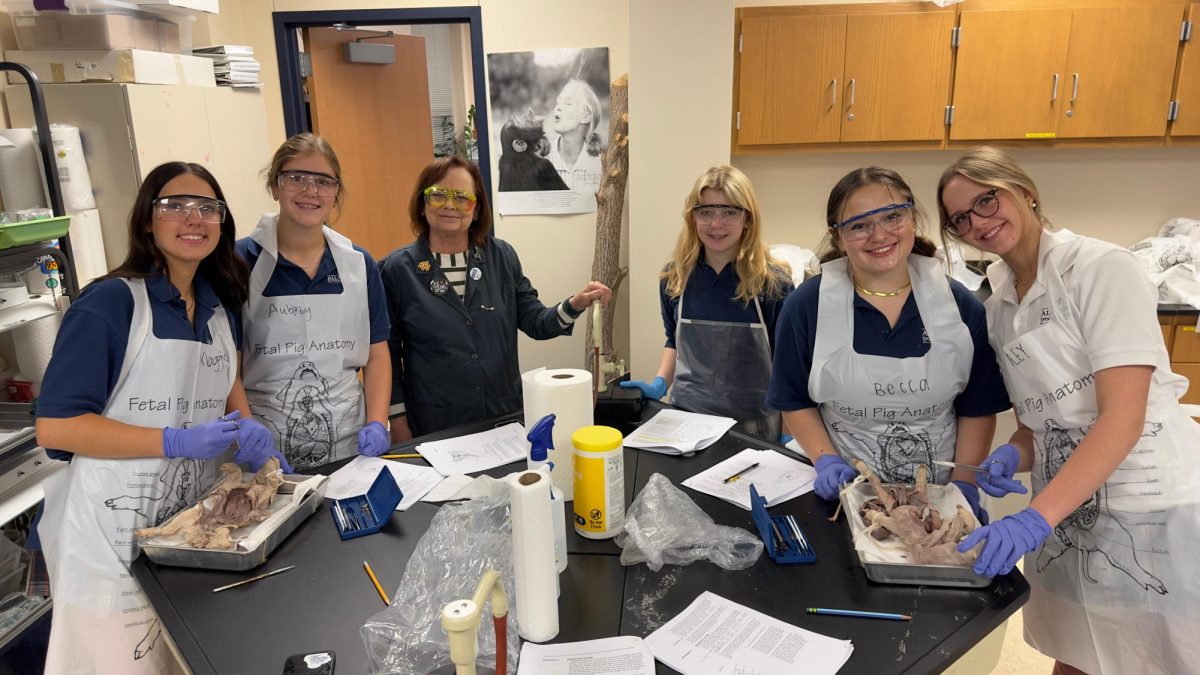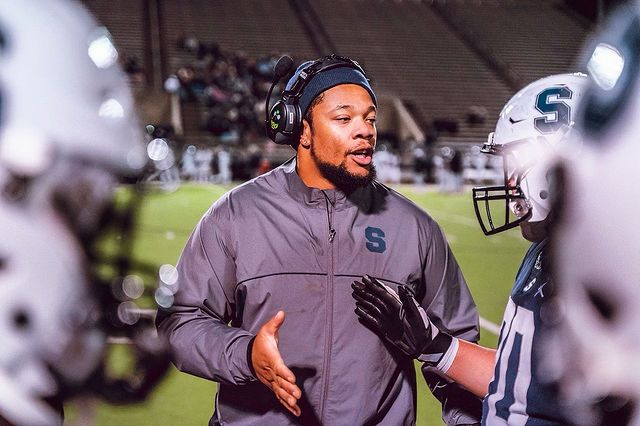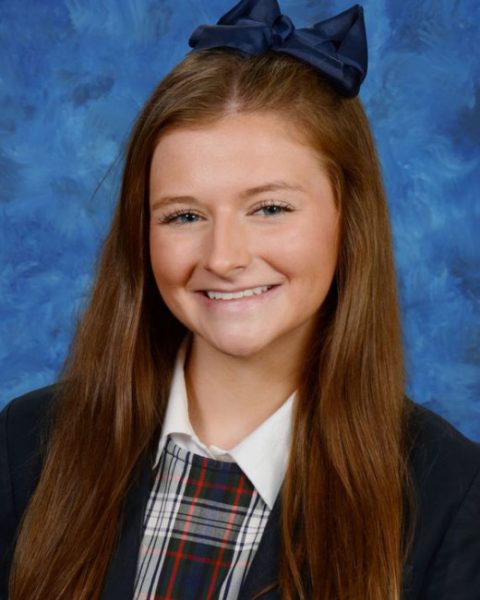Sharon Braun is a teacher in the science department and the longest-standing teacher at All Saints Episcopal School. Her classes include freshman-year biology, honors biology, marine biology, and honors college biology. To show our appreciation for Ms. Braun in her 30th year at All Saints, I have conducted an interview to share with our community.
Cambell Wynn : Where did you grow up?
Sharon Braun: I grew up on the Gulf Coast of Mississippi.
CW: Where did you go to college?
SB: I attended the University of Mississippi, the University of Mississippi for Women, and Texas Woman’s University.
CW: Out of all the classes you teach, what is your favorite topic?
SB: I love any topic in the biological sciences. I love Marine Biology and wish we had a marine environment to explore and actively sample all the organisms we learn about in class.
CW: What inspired you to become a teacher, and how has that inspiration evolved throughout your career?
SB: I had great experiences as a student and enjoyed learning. I was given an opportunity to do some teaching while I was still in high school – so I guess I was hooked. I was head of the Future Teachers Association and a member of Junior Civitan in high school. These organizations gave me an opportunity to experience teaching and community work…which I enjoyed. I was especially intrigued by my chemistry and life science courses in college. Some of my college professors made lasting impressions on me. They were enthusiastic and knowledgeable, and I learned so much from them…they inspired me to pursue a career in teaching. I want to empower students, instill confidence, and help them reach their full potential.
CW: Can you describe your teaching philosophy and how it influences your approach in the classroom?
SB: I never want to have the role of “sage on the stage” and while direct instruction is necessary, I believe students should be active participants in their learning. Students come with many abilities and backgrounds. I try to differentiate as much as possible while encouraging active participation and engagement. It is a solid practice to have collaborative learning. But I also want students to take ownership of their learning by encouraging them to set goals and self-monitor their progress.
CW: What do you believe sets your teaching style apart from others?
SB: I like to be a facilitator…more like a “guide on the side”. Science also allows me to focus on experiential teaching. I like to encourage students to explore concepts and articulate their ideas. It’s best to draw from a combination of instructional strategies.
CW: In what ways do you incorporate technology and innovative teaching methods into your lessons?
SB: I like to use virtual labs and interactive apps and games. During microscope and lab lessons, students can take pictures of the organisms or processes with their cell phones and incorporate their images into a summative product that shows what they learned. Students use digital storytelling to communicate concepts in creative and engaging ways. Podcasts are always fun for students. Sites like “Biomimicry Institute” and “HHMI” give students a different approach to learning.
CW: How do you handle challenges or obstacles in the classroom, and what strategies do you use to overcome them?
SB: I try to avoid challenges and obstacles in the classroom by establishing clear expectations for behavior, academic performance, and classroom procedures from the beginning of the year. Most importantly, I try to build positive relationships with students. I want to treat them the way I treat my own children. I promote consistency in expectations and do my best to treat every student fairly. I encourage students to embrace challenges, to learn from their mistakes and view a setback as an opportunity to grow. A sense of humor is definitely necessary. It is necessary for a teacher to stay positive when challenged.
CW: How do you foster a sense of collaboration and teamwork among your students?
SB: I like structured group activities and projects. Labs provide the perfect opportunity to have students work together and support each other. I think it is important for students to learn in a supportive environment learning from other students and the teacher by working together.
CW: As an educator, what role do you see yourself playing in the broader school community?
SB: Teachers serve as mentors, advocates, tutors, advisors, and collaborators with colleagues, administrators, and parents! Basically, I’ll wear whatever hat I am asked to wear. It is important to do whatever leads to students success, supports a positive community and well being of the entire school community.
CW: How long have you been at All Saints and what made you stay teaching here?
SB: This is my 30th year at ASES. I was previously in public schools in various states.
I like the size of the classes. I have great cohorts. The students are polite and ready to learn (most days). It is a safe environment. I like the perspective that the chapel and Eucharist add to our community…an opportunity to relax and reflect. The schedule isn’t rushed. The overall atmosphere is refreshing (compared to mega large public schools).
CW: What is your favorite thing about All Saints?
SB: I enjoy coming to work everyday. There is a positive and welcoming atmosphere. I have great teachers to work with. The students are friendly and have great attitudes. I appreciate our mission.



